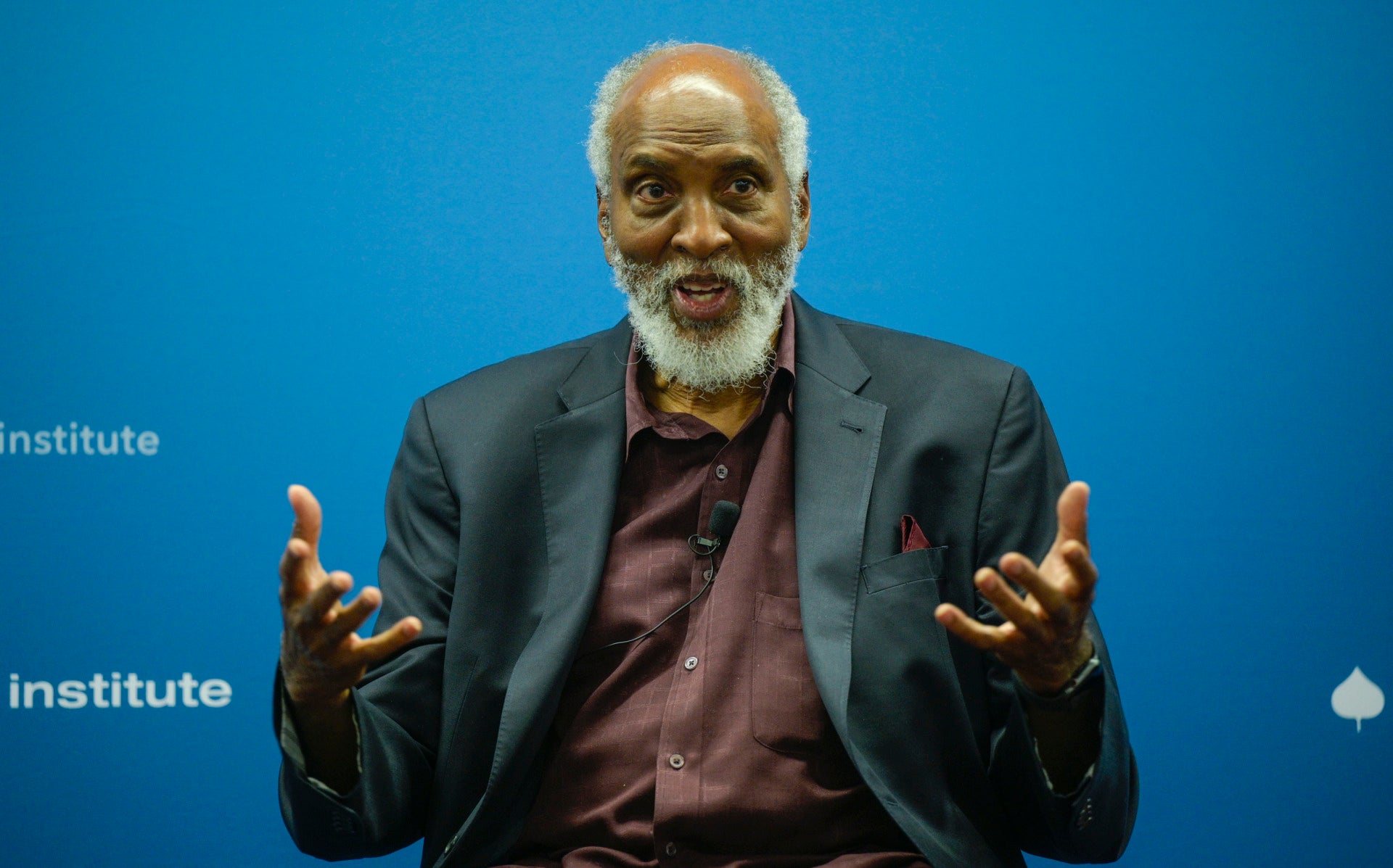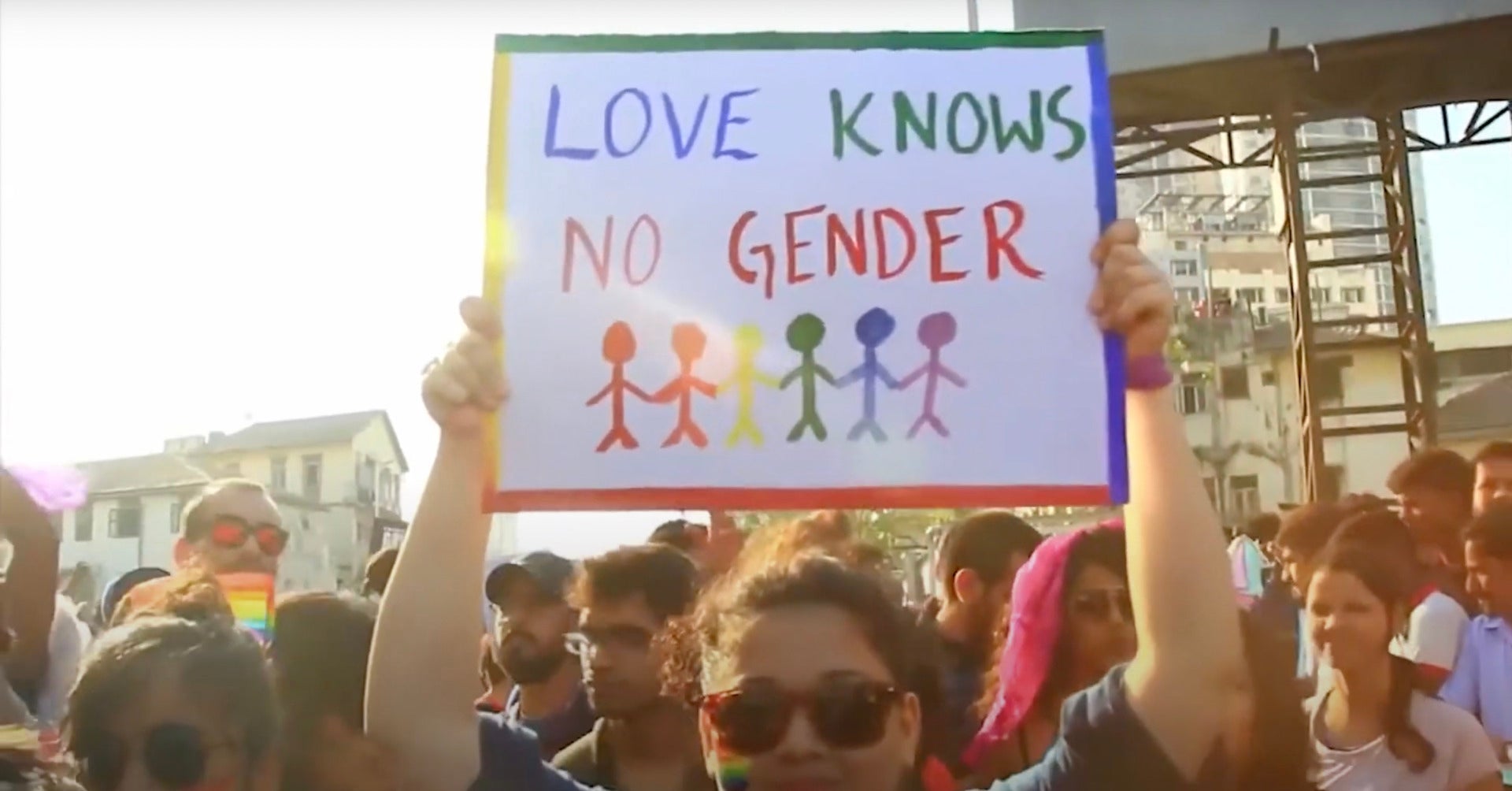Is violence a function of our culture? During a recent 2015 Aspen Ideas Festival session, New Orleans Mayor Mitch Landrieu (D) and Senior Editor and National Correspondent for The Atlantic Ta-Nehisi Coates explored this complex and provocative question.
The session began by recounting some stark statistics: Since 1980, 630,000 Americans have been killed, a total greater than the number of Americans killed during all the wars of the 20th century. And half of the victims were African Americans. In New Orleans, there are 150 to 200 murders every year: eight times the national average. Ninety-five percent of those victims are African American, aged 16 to 25, and 88 percent knew each other. These numbers horrified both Landrieu and Coates, and both are eager to address this problem, but they each had very different ideas about the nature of the problem and how it could be resolved.
Landrieu first focused on this problem after he began to receive daily murder updates from his chief of police. Coates, however, grew up with the problem of violence: much of his youth was spent in Baltimore “negotiating violence every day” through decisions and rituals designed to “keep physical violence from happening to my body.”
Perhaps it was the disparity between these experiences that led Landrieu and Coates to view the nature of the problem differently. Landrieu believes this problem is due to a “culture of violence,” by which he meant, “a pattern of behavior that developed over time that has produced a certain result over and over again so that it became a normative action for some people.” Namely, “If you look at the numbers, the kinds of murders and the way they happen, who killed and who was shot something changed around 1980… [A]nd the important question is why did that happen, why did it develop, what was it related to, and can we go back and find the root cause and decide to change it.”
To Coates, the roots of the problem extend far beyond 1980: “African American life in this country has been violent from the moment we got here in 1619. There has always been a culture of violence that was put upon us.” What Landrieu sees as a culture, Coates sees as the result of history and policy decisions. “We have 250 years of slavery, we have 150 years of Jim Crow, which is violence. And during that period, we have redlines to make sure we herd certain people into certain neighborhoods. We deprive those neighborhoods of services, we deprive those neighborhoods of jobs. We create what sociologists call ‘criminogenic conditions.’”
Accordingly, Coates is not surprised that violence is the result. “People tend to kill who they live around, period. If you study violence, that’s just true of anything. I mean you’re talking about the most segregated population in America, through the vast majority of the 20th century and into the 21st century. I don’t know who else would do the killing.” Therefore, instead of a “culture of violence,” Coates prefers the term “culture of self-preservation.” “I think what we often missed when we talk about culture is it becomes an easy way to not acknowledge the fact that people are actually making rational decisions within the life, within the structures, within the places that they live.”
In Coates’s opinion, the only way to solve this problem is to make policy decisions that bring about the “destruction of white supremacy.” This includes criminal justice and law enforcement reform, housing and education reform, improving the delivery of social services, and more.
But for Landrieu, a term-limited mayor, sweeping policy changes take too long, especially when his city sees a handful of killings every week. Instead of trying to change society, he’s trying to affect individuals, to change the way they think. “As a matter of my personal responsibility, I’m connecting these young men. …I’m grabbing these individual kids and teaching them reconciliation.” To that end, he has built new housing and new schools, opened rec centers and created youth sports and enrichment programs, job-training initiatives, and opened dialogues between white and black residents.
The fact that Coates, who experienced violence on a personal level, advocates for societal change, whereas Landrieu, who is responsible for an entire city, stresses the importance of individual action demonstrates the complex nature of this problem. Nevertheless, although Landrieu and Coates view the problem— and its solution — differently, they are both passionate about preventing the deaths of young African Americans. And while race and violence are sensitive topics and discussions about them can be difficult, sessions like this are vital if we — as individuals and as a society — are to better understand the issue and resolve it.

